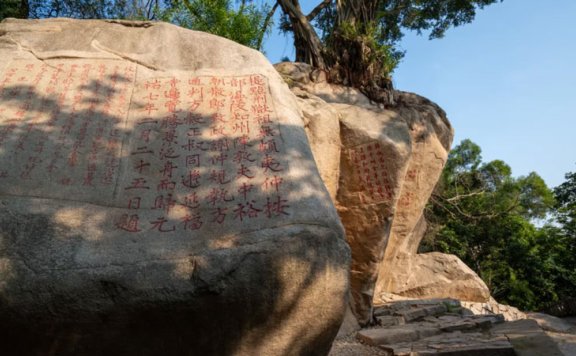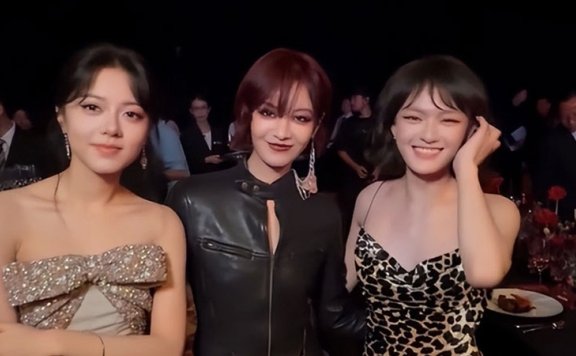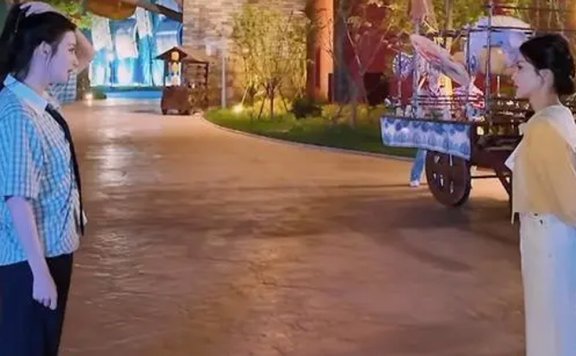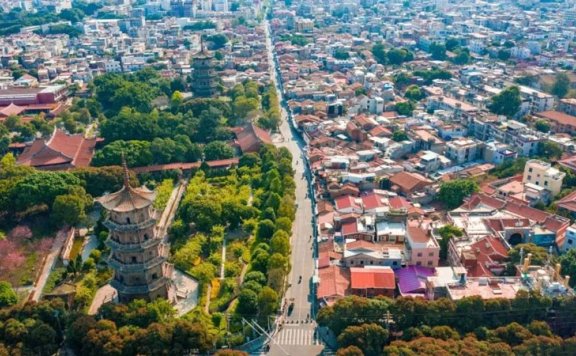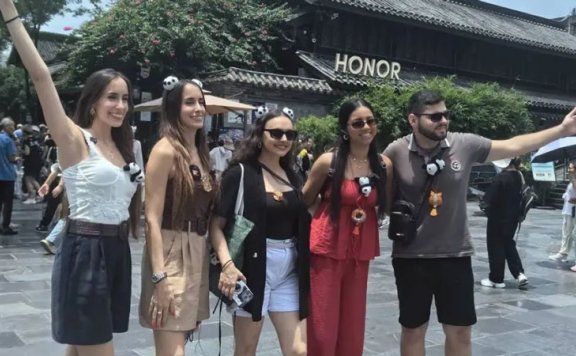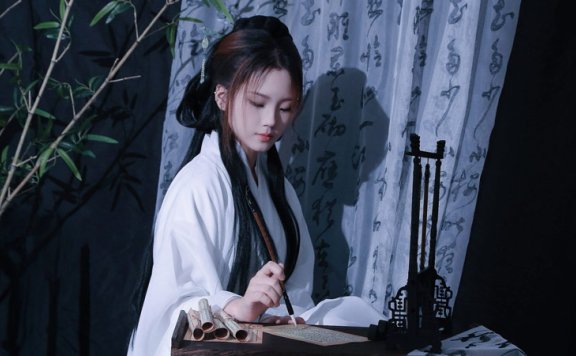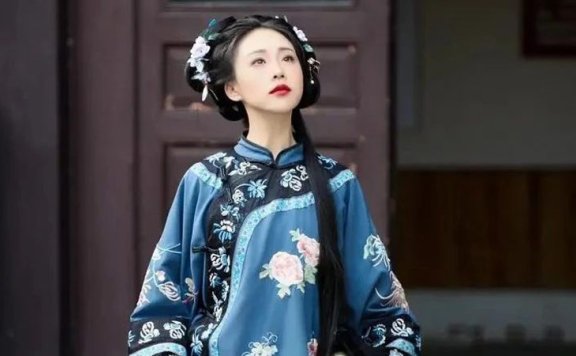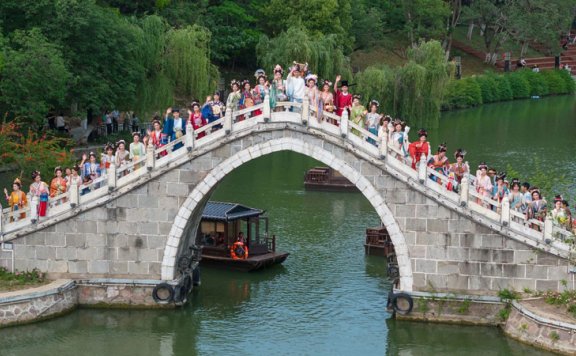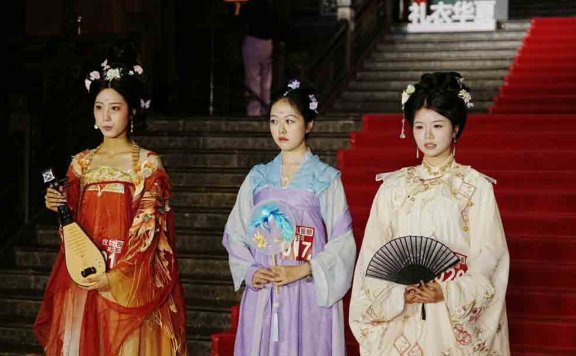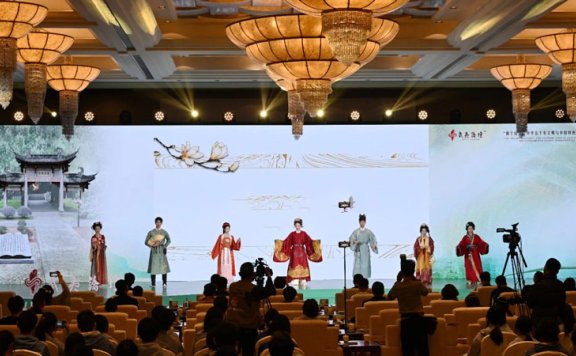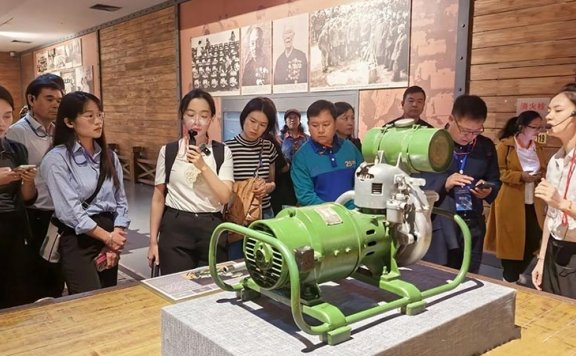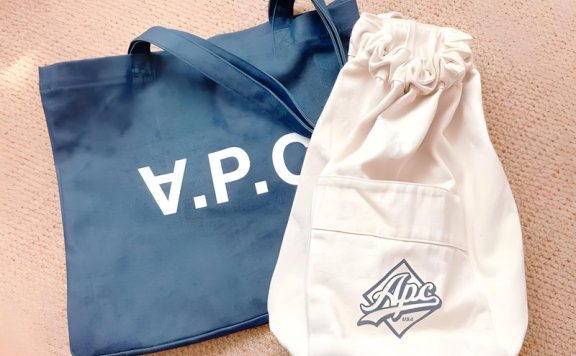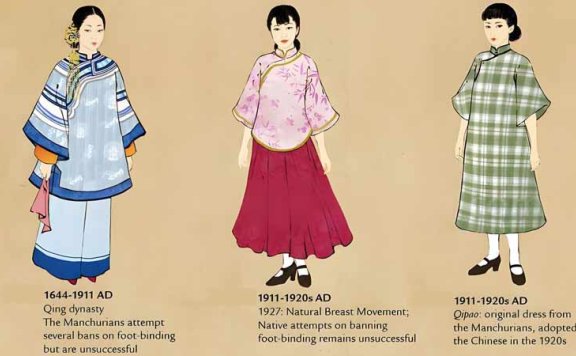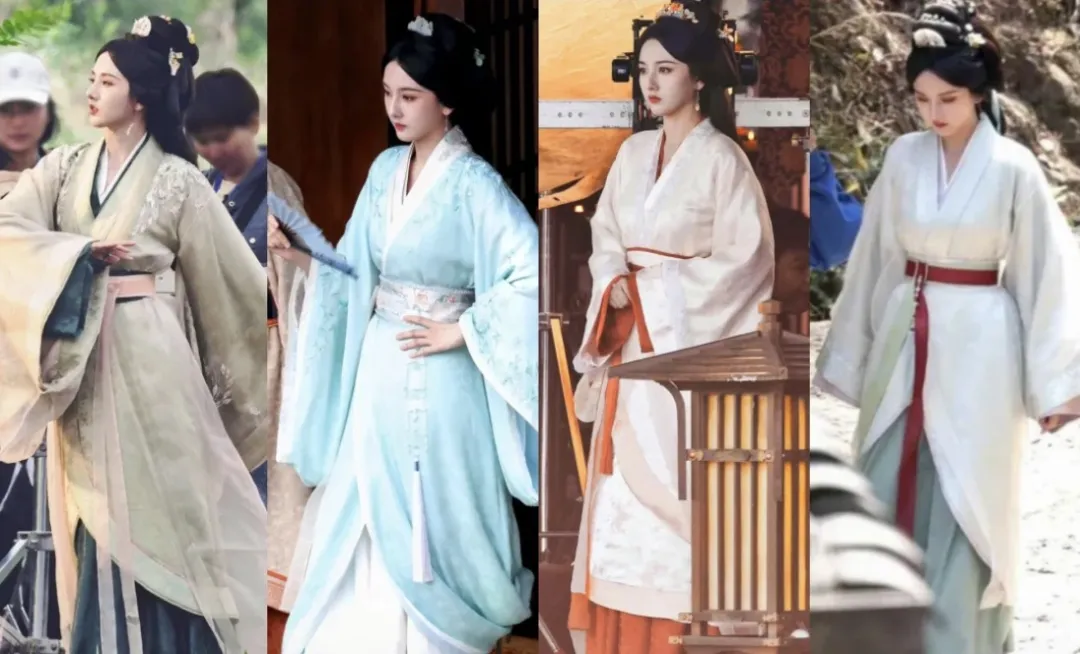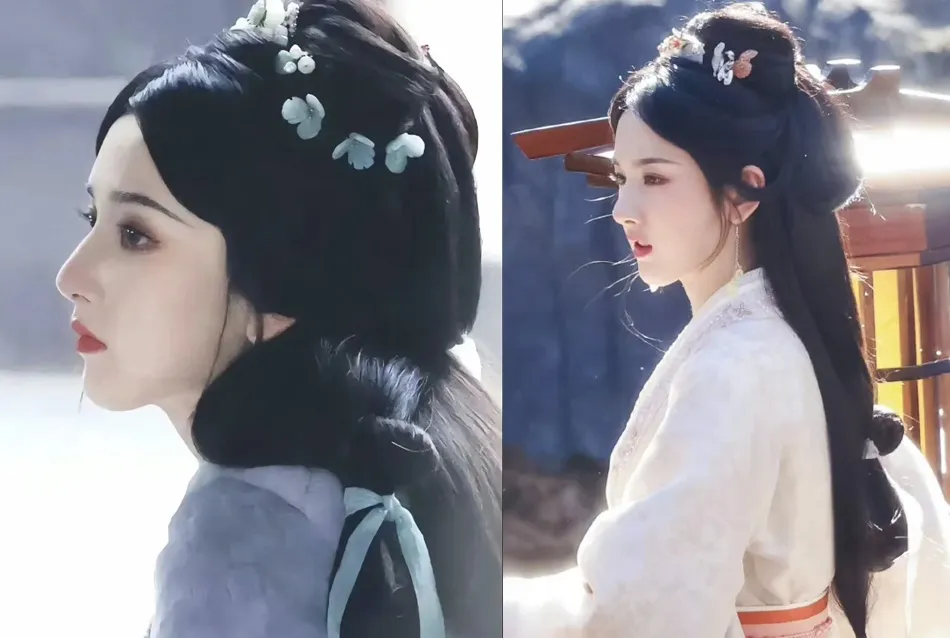Article
搜索结果:
-
Quanzhou: The World Marine Trade Center of China
Quanzhou’s 22 UNESCO World Heritage sites aren’t mere ruins; they’re the beating heart of a 13th-century global trade metropolis where cultures converged like monsoon currents. When Marco Polo dubbed this port "Zaiton," he witnessed a city orchestrating maritime commerce from China to East Africa. The legacy lives in the moss-covered bridges where Arab traders once walked, the Taoist shrines where Song dynasty merchants prayed for fair winds, and the Islamic tombs whispering tales of Persian navigators. Each stone here is a page in humanity’s first playbook of globalization. Engineering Marvels That Defied Tides The Bridge Builders’ Legacy At Luoyang Bridge, engineers pioneered "raft foundations" and oyster-reinforced piers—medieval biotechnology enabling a 120-meter span across the roaring Luoyang River. Its "Moonlight Bodhisattva" carving still gazes seaward, guarding secrets of Song-era ingenuity. Nearby, Anping Bridge stretches five li (2.5 km), an engineering Everest using tide-assisted "floating beam" techniques. These arteries pulsed with silk and porcelain, linking hinterland kilns to waiting dhows. Ports That Tamed Oceans Shihu Dock’s trapezoidal stone platforms and Cizao Kiln’s dragon-shaped furnaces reveal an industrial ecosystem. Archaeologists uncovered Ming-era celadon shards beneath wharf stones—proof that docks doubled as bustling markets. At Zhenwu Temple, the 1533 "Devourer of Seas" stele looms… -
How Variety Shows Redefined Stability in 2025
The first half of 2025 witnessed Chinese variety shows achieving unprecedented stability. Platforms like iQIYI, Tencent Video, Youku, and Mango TV maintained non-stop content rollouts, with hit franchises and fresh IPs coexisting seamlessly. This equilibrium—marked by consistent viewership, robust advertising, and creative renewal—forged a new industry paradigm wherecertaintybecame the ultimate currency. Content Evolution Legacy shows revitalized formats to sustain relevance. Become a Farmer S3 (种地吧3) expanded beyond its farmland roots, sending the "Ten Hardworking Days" group nationwide to explore agricultural projects. This shift amplified social impact, driving a live-streamed radish sales event that garnered 1.9 million RMB in one session. Similarly, The Rap of China 2025 (新说唱2025) introduced "After Party" segments and themed challenges, refreshing its nine-year run and dominating charts with 45 daily top rankings on iQIYI. Innovation thrived alongside reinvention. Blossoms Journey (一路繁花), a cross-generational travel show, united stars from different eras, sparking dialogues on aging and society. Its debut trended globally with 2,000+ hot searches, while music competition Sing! Asia (亚洲新声) spotlighted Gen-Z talent across Asia, fusing cultural exchange with fierce rivalry. These newcomers proved fresh IPs could rival established giants, with iQIYI claiming 6 of the top 10 new shows by viewership. The market prioritized "pure… -
From Keep Running to Ha Ha Ha: A Decade of Brotherhood
The recent snapshot shared by Deng Chao (邓超) ignited social media—a seemingly simple picture of three men shoulder-to-shoulder, chopsticks poised over a simmering hotpot. Yet this frame held ten years of unwritten history. Deng, Lu Han, and Chen He, once the chaotic core of Keep Running, now mirrored their 2015 personas in 2025 attire: Deng’s receding hairline, Lu’s sharpened cheekbones from touring, Chen’s steadfast belly. Their grins, however, remained untouched by time. "Just being together," Deng captioned, echoing a bond that transformed from scripted banter to unbreakable kinship. This wasn’t reunion; it was continuity. Keep Running Days "Captain Deng," "Silly Deer Lu," and "Chen the Schemer"—their 2015 debut on Keep Running was pure comedic chemistry. They hurled mud, sabotaged challenges, and groaned through missions, crafting TV gold from chaos. Audiences adored their friction-turned-friendship, a dynamic where Lu’s earnestness balanced Deng’s leadership and Chen’s wit. Few predicted these "variety show brothers" would outlast the program itself. Their early bickering masked deepening respect. Lu, the youngest, absorbed Deng’s protective instincts; Chen’s pranks became a language of affection. During a water-balloon fight, Deng shielded Lu from a direct hit while Chen "accidentally" tripped the attacker. These moments built an unspoken pact: rivalry on-screen,… -
Elegance Over Exposure at VOGUEfilm Premiere
The star-studded VOGUEfilm Premiere in Macau became a masterclass in understated glamour, where China’s brightest actresses redefined red-carpet power. Rather than competing in revealing gowns, luminaries like Yang Mi, Qin Hairu, and rising Gen-Z talents showcased how confidence and individuality outshine mere skin. This annual event, dedicated to amplifying female voices in cinema, transformed into a celebration of artistic maturity—proving that true allure lies in authenticity. As the cameras flashed, each woman’s style narrative spoke louder than any plunging neckline, setting a new standard for global fashion diplomacy. Gen-Z Revolution Li Gengxi (李庚希) At just 25, the Golden Rooster winner embraced rebellion. Her head-turning ensemble—a leather jacket paired with a floor-length skirt—boasted zero skin yet radiated fearless artistry. Signature crimson hair and smoky eyes amplified her anti-conformist ethos, a deliberate contrast to the sea of tulle and sequins. Her unapologetic presence echoed her on-screen intensity in the thriller Malice (恶意), where she plays a morally ambiguous prosecutor. As whispers about her "controversial" reputation swirled, Li smirked: "Let the fabric do the fighting." Wen Qi (文琪) The 21-year-old dynamo stole focus with her infectious energy and a daring leopard-print gown. Her razor-sharp wit during interviews outshone even her geometric bob, cementing… -
Did Bai Lu Lose Face When She Was Ambushed?
The glittering world of variety shows often masks the high-pressure environment where celebrities balance entertainment with authenticity. Keep Running, China's long-standing hit program, recently ignited fierce online debates when cast member Bai Lu's (白鹿) visible frustration during a high-stakes game segment went viral. This incident transcends mere reality TV drama – it strikes at the heart of professionalism in unscripted entertainment. As viewers dissect every grimace and sigh, questions arise about what we truly expect from stars navigating competitive chaos under the spotlight. The Elimination Backlash During the iconic name-tag elimination round, alliances proved fragile. Veteran comedian Sha Yi (沙溢) shattered an implicit truce by abruptly tearing Bai Lu's name tag – a calculated move shifting the game's momentum. Cameras captured Bai Lu's immediate shift in demeanor: smiles vanished, shoulders slumped, and a palpable cloud of disappointment descended. Her struggle to regain composure became the episode's uncomfortable focal point. Unlike scripted dramas where emotions follow character arcs, variety shows thrive on raw, spontaneous reactions. Yet this authenticity carries inherent risks. For nearly twenty minutes post-elimination, Bai Lu remained visibly withdrawn, attempting to negotiate with Sha Yi off-camera while disengaging from ongoing challenges. Where producers likely anticipated dramatic tension, they instead… -
Classic Two-day Tour Route of Quanzhou Ancient City
Stepping into Quanzhou is like entering a living theater where history and modernity dance in harmony. As a former hub of the world's maritime trade and the eastern starting point of the Maritime Silk Road, this ancient port city in China's Fujian province offers a captivating blend of cultural heritage, vibrant street life, and culinary delights. With its UNESCO World Heritage status, featuring 22 sites that narrate tales from the Song and Yuan dynasties, Quanzhou invites travelers on an immersive two-day adventure. Wander through centuries-old temples, bustling markets, and serene alleys, all while riding the iconic "little white" electric carts that whisk you between landmarks. Whether you're a history buff, a foodie, or a seeker of tranquility, this compact yet rich itinerary promises unforgettable moments—from dawn prayers at Taoist shrines to twilight feasts under lantern-lit skies. Embrace the city's rhythm, where every corner reveals stories of emperors, traders, and artisans, making it a perfect escape for a short getaway that feels timeless and transformative. Historic Landmarks Explored Begin your journey by arriving at Quanzhou Jinjiang International Airport or the high-speed rail station, easily accessible by public buses that drop you in the heart of the ancient city. Check into one… -
Chengdu's Cultural Symphony Leaves Greek Influencers Spellbound
Five prominent Greek content creators embarked on an unforgettable journey through Chengdu this week, immersing themselves in the vibrant tapestry of Sichuan's capital. Their five-day odyssey, commencing July 1st, offered a sensory feast blending ancient traditions with modern dynamism. From the tranquil morning rituals in People's Park to the dazzling lights of Chengdu’s futuristic skyline, the group documented their encounters with Chengdu's unique blend of relaxation and exhilaration. Their cameras captured moments steeped in heritage and buzzing contemporary energy, consistently punctuated by exclamations of "amazing" as they delved into the city’s renowned laid-back charm and profound cultural depths. This exploration promises to showcase Chengdu's allure to their vast European audience. Ancient Arts Come Alive The pulse of Chengdu’s daily life greeted the influencers at People's Park. By 9 AM, the park hummed with activity: groups practiced the graceful movements of Baduanjin, while others reclined in bamboo chairs at the iconic Heming Teahouse, savoring steaming cups of tea. The creators instantly connected with this embodiment of Chengdu’s famed leisure culture. A traditional sugar painting artist captivated them, deftly transforming molten sugar into intricate shapes like a delicate butterfly with swift strokes of a copper ladle. Later, at Heming Tea house, the… -
Bling Bling De Time: From 3K Likes to 730M Views
When Bling Bling De Time’ (闪亮的日子) fifth season premiered on Douyin, producer Zhao Wenwen (赵文文) nervously checked the stats after 30 minutes: a mere 3,000 likes. "Is this good or bad?" she wondered. Within weeks, that anxiety dissolved into triumph as the show exploded, amassing 720 million views across its IP content and 1.73 billion for its main hashtag. This unscripted variety gem—chronicling the raw, chaotic lives of young entertainers—didn’t just survive the leap from long-form platforms to short video; it rewrote the rules. Short-Form, Big Impact Bling Bling De Time was always meant for brevity. Inspired by Korean web series Workman and YouTube vlogs, its early seasons prioritized fast cuts and playful editing—"like a friend filming your life," Zhao explains. Yet when platforms like Bilibili and Douyin initially balked at backing a niche variety experiment, the team settled on traditional long-form sites. Season 5’s migration to Douyin wasn’t a gamble but a homecoming. The shift unlocked creative freedom. Beyond core episodes, the team flooded Douyin with micro-content: candid bloopers, highlight reels, and behind-the-scenes slices. Cross-promotions with artists’ personal accounts and collaborations with grassroots creators amplified reach. Crucially, the essence remained intact. Director "Greenfish" resisted algorithmic pressures, insisting the show… -
Strange Arguments about Hanfu Revival
Why are there always such strange arguments about Hanfu (汉服, the traditional clothing of the Han ethnic group)? I'm going to complain about some outrageous statements about Hanfu. Why do people make a mountain out of a piece of clothing? The Debate on Hanfu Firstly, there are always strange arguments under Hanfu-related videos. Oh my god, who can stop those people who keep saying, "People wearing Hanfu these days all look like noble ladies. In ancient times, commoners didn't wear such clothes." Why on earth should people wear hemp clothes when we've achieved a moderately prosperous society? Even until the era of Sherlock Holmes in the West, the suits of working people were full of patches. Then why don't you wear tattered suits with patches when you wear Western-style suits? And some people say that there was no certain color in ancient Hanfu. Secondly, let me complain about some outrageous statements about Hanfu. Every time I see someone say, "The Hanfu that modern people like to wear was worn by nobles in the past. Commoners wore coarse cloth and hemp clothes. Wearing Hanfu means forgetting our ancestors." I just want to laugh. Is it possible that the brightly colored and… -
The Temperament Difference between Tang and Qing Hanfu
The current popular 'Qing Han Women' costumes give the impression of killing Ming-style Hanfu and arranging a ghost marriage for it! It combines Hu (ethnic minority) styles and the alternation of Hu and Han cultures, presenting two extreme feelings. The Qing and Republican women's clothing, which is the popular 'Qing Han Women' costumes now, really gives such an eerie feeling. It's so gloomy that even when it's just hanging there, it seems to have a gust of cold wind blowing. Just looking at the cheongsam alone doesn't give this sense of death. Tang-style Hanfu also combines Hu styles, but it looks very sunny and bright, full of the feeling of a living person. Is this the difference in clothing characteristics, or does the psychological state of people at that time fully reflect in the clothing culture? The temperaments are really like the two poles of yin and yang. For example, it's like the difference between a ghost marriage and a voluntary marriage. This is an extremely perceptive and poetic observation! It captures the profound cultural and psychological differences behind the clothing. Indeed, the temperaments presented by Tang-style Hanfu that combines Hu styles and Qing and Republican women's clothing (including 'Qing… -
2025 Yangtze River Delta Hefei Hanfu Carnival
Stunning! When Hanfu meets Hefei, you can “travel through time” in a second! “I dream of her gowns as I dream of gorgeous flowers”. When the ancient Hanfu travels through thousands of years and meets modern Hefei, a dreamy cultural feast unfolds. Walking on the streets of Hefei, it's increasingly common to see people in Hanfu. They either look elegant with their fluttering robes or valiant and heroic, adding a unique ancient charm to the city. As more and more Hefei residents take up Hanfu as a hobby, the city has witnessed a “Hanfu craze”. The trend of traditional Chinese culture is on the rise. Hanfu Boom in Scenic Spots Hefei's major scenic spots are experiencing a “Hanfu boom”. On April 26 this year, the “Glorious New Scenes, Graceful Hanfu” — 2025 Yangtze River Delta (Hefei) Hanfu Carnival was held at the Bao Park Scenic Area. At the event, the Hanfu parade team walked through the park, attracting tourists to stop and take photos wherever they went. As the venue of this event, the Bao Park Scenic Area has been renovated and upgraded this year. Many scenic spots such as the red walls, Fuzhuang (Floating Village), and ancient - style… -
Hanfu Contest in Hanzhong: A Cultural Feast
The first competition in the Northwest Division of the 2025 Sohu Video Li Yi Huaxia (礼衣华夏) Hanfu Model Contest was held at the Xinghan Shengjing Scenic Area in Hanzhong. Hanfu enthusiasts transformed into "time - travelers", presenting a visual feast with their gorgeous costumes and elegant postures. Using Hanfu as the brush and postures as the ink, they outlined a stunning visual event. This event not only pays pious respect to the traditional cultural context but also pushes the aesthetic realm to the extreme. Every stitch of the embroidery tells the texture of civilization, and every swaying step is a modern expression of Eastern charm, enabling a philosophical dialogue about beauty between tradition and fashion in the interplay of light and shadow. Star - studded Guests The guests for the Hanzhong division of Li Yi Huaxia included elites from various fields such as cultural production, hosting, event organization, and Hanfu culture promotion. They, with their professionalism and enthusiasm, provided a high - quality platform for the contestants, jointly promoting the inheritance and development of Hanfu culture. This event has become an important milestone in the development of Hanfu culture in Hanzhong and even across the country, leading more people into… -
Renmin University & Nanping Hanfu Unveiled
When the red walls and grey tiles blend with the Danxia red rocks, and when the school motto of Renmin University of China meets Zhu Xi's Neo - Confucianism, a cultural dialogue spanning thousands of miles, from Mingde Building of Renmin University of China to Wuyi Mountain in Fujian, is 'unfolding' with Hanfu as the carrier. On March 22, the parallel sub - forum with the theme of 'Cross - strait Youth Continuing the Chinese Cultural Context' of the Second Wuyi Forum was successfully held in Wuyi Mountain, Nanping, Fujian. At the event, the youth creative achievement of 'Hanfu Customized by Renmin University of China and Nanping' was officially released! 'Zhu Mo Qing Jin' Set The 'Zhu Mo Qing Jin' set is inspired by the red ink and the aspiration of scholars. It combines the solemnity of the red walls of Renmin University of China and the red rocks of Wuyi Danxia, and inherits the profundity of Zhu Xi's Neo - Confucianism and the lasting meaning of the school motto of Renmin University of China. Female Sanjian Skirt Suit: The female style of the 'Zhu Mo Qing Jin' set is a Sanjian skirt suit, which consists of a Song -… -
China's tourism industry is setting an example in these areas
The global tourism landscape is undergoing a seismic shift, and China stands firmly at its epicenter. With a strategic pivot from scale-driven growth to quality-centric experiences, China’s tourism sector is redefining travel paradigms through policy innovation, cultural revitalization, and sustainable practices. As international authorities like Reuters and Travel & Tourism World highlight, the nation welcomed 1.32 billion international visitors in 2024, generating $94.2 billion in revenue—a testament to its soaring influence. By 2025, projections suggest inbound tourism could contribute ¥880 billion ($121 billion) to the economy, cementing China’s role as both a powerhouse and pioneer in shaping travel’s future. Industrial Renaissance Industrial heritage has emerged as an unexpected star in China’s tourism constellation. The nationally designated sites—122 industrial tourism demonstration bases and 232 protected industrial relics—now transform assembly lines into immersive storytelling venues. Visitors explore Guangxi’s machinery museums or Shanghai’s textile mills, where tactile exhibits bridge historical craftsmanship with modern innovation. This resurgence isn’t merely nostalgic; it’s economically transformative. Industrial tourism injects vitality into urban regeneration, turning dormant factories into hubs for education and entertainment. Cities like Shenyang repurpose smokestack districts into art precincts, attracting younger demographics while preserving collective memory. Beyond economics, these sites foster societal reconnection. Tours showcasing… -
Guangxi Unveiled: Nature's Stage with Inspirations of Liu Sanjie
Guangxi, nestled in southern China, borders the vibrant Guangdong-Hong Kong-Macao region and Vietnam, boasting China's largest ethnic minority population. This land of 240,000 square kilometers is a tapestry of 12 indigenous groups living in harmony, where world-class natural wonders meet millennia-old cultural legacies. With 2025 designated as the Guangxi Tourism Year, over 800 cultural and leisure activities unfold annually, inviting travelers to explore through scenic trails, ancient relics, festive celebrations, folk songs, and culinary delights. As the seasons shift, Guangxi's allure shines brightest in its dramatic landscapes and cultural spectacles, echoing the timeless Inspirations of Liu Sanjie (印象·刘三姐) — a renowned live-action show that brings local legends to life amid the karst mountains and flowing rivers. From lush forests to serene wellness havens, every journey here promises unforgettable adventures and heartfelt hospitality. Exploring Scenic Wonders Discover Guangxi's breathtaking natural beauty on a journey through its iconic karst formations and cascading waterfalls. Begin in Nanning, the "Green City," where towering skyscrapers blend with verdant canopies. Stroll through the historic Yongzhou Old Town, admiring the preserved arcades and bustling shops that reflect a blend of old and new. As dusk falls, embark on a cruise along the Yong River to witness the… -
Guangxi and Malaysia Weave New Tapestry of Tourism
The vibrant energy of Kuala Lumpur pulsed with a distinct Guangxi rhythm on June 30th, 2025. Against a backdrop of burgeoning ASEAN cooperation, the 2025 Guangxi Cultural Tourism Promotion Event unfolded, marking a pivotal moment in the already flourishing relationship between China's Guangxi Zhuang Autonomous Region and Malaysia. Led by Guangxi Vice Chairman Hu Fan (胡帆) and graced by the presence of Chinese Embassy Minister Zheng Xuefang (郑学方) and Malaysia's Secretary-General of Tourism, Arts and Culture, Dato' Shaharuddin Abu Sohot, the event transcended a mere presentation. It became a dynamic exchange, a reaffirmation of deep cultural ties, and a launchpad for ambitious new tourism initiatives. With representatives from tourism, culture, and media sectors filling the venue, the air crackled with anticipation for the tangible opportunities poised to bridge the Andaman Sea and the karst peaks of Guilin. This gathering underscored Guangxi's strategic position as China’s gateway to ASEAN and celebrated Malaysia’s crucial role as Guangxi's top overseas tourism market, a partnership significantly accelerated by the recent reciprocal visa exemption policies. Nature's Masterpiece Beckons Vice Chairman Hu Fan eloquently framed Guangxi's unparalleled appeal. He highlighted its unique geographical advantage as China's sole region sharing both land and sea borders with ASEAN… -
Canvas Bag: A Popular Fashion Item
That unassuming canvas tote slung over your shoulder isn’t just carrying your essentials—it’s rewriting fashion’s rulebook. Once confined to art galleries and indie bookshops, these humble carriers now stride confidently down metropolitan streets and Instagram feeds. They reject luxury branding, champion sustainability, and broadcast individuality through bold prints and minimalist silhouettes. In an era of curated aesthetics, canvas bags offer authenticity—a tactile rebellion against fast fashion’s excess. Canvas Totes A decade ago, canvas totes signaled underground credibility—the unofficial uniform of art students and thrift-store regulars. Their migration from fringe to mainstream began when social platforms like Instagram transformed them into viral style statements. Film festival merch bags and museum collaborations became instant collectibles, merging cultural cachet with everyday utility. Celebrity sightings accelerated the shift. When A-listers traded designer purses for souvenir-laden canvas sacks during travel shows, they validated the trend’s practicality and charm. Suddenly, "unpolished" became aspirational. The bag’s journey mirrors a broader cultural pivot: where status once whispered through logos, it now shouts via curated authenticity. Prints as Personality What elevates canvas beyond mere function? Its canvas becomes a billboard for self-expression. A Klimt reproduction, a line of Sylvia Plath poetry, or a protest slogan—each print serves as a… -
Threads Through Time: How Ancient Dynasties Would Style Modern Streets
Imagine silk-clad scholars from the Wei-Jin period stepping onto a bustling high-speed rail platform, or Tang dynasty noblewomen browsing a sleek concept store. China's sartorial legacy, spanning millennia from the understated elegance praised in the Book of Songs (诗经) to the dazzling Fashion Makeup (时世妆) of the High Tang, possesses an enduring vitality. Far from being relics confined to museums, the core design philosophies – the ethereal drapery of Wei-Jin guīyī (袿衣), the flattering lines of Song bèizi (褙子), the intricate pleating of Ming horse-face skirts (马面裙, mǎmiàn qún) – are experiencing a vibrant renaissance, seamlessly woven into the fabric of contemporary global fashion. This isn't mere revival; it's a dynamic dialogue where whispers from ancient looms inspire cutting-edge design, proving that true style transcends the confines of any single era. The flowing sleeves and structured silhouettes of the past are finding fresh expression on today’s catwalks, city sidewalks, and digital feeds, becoming powerful emblems of cultural confidence and innovative aesthetics. Wei-Jin: Ethereal Flow Reimagined The Wei-Jin period (220-420 AD) prized transcendence and natural grace, reflected in the iconic guīyī. This garment evolved from the deep robe (深衣, shēnyī), distinguished by its dramatic guī (圭) shaped fabric panels and trailing… -
Unveiling the Truth of Hanfu in Ancient Cdramas
No ancient costume drama has truly done justice to Hanfu! In the TV drama The Prisoner Of Beauty (折腰), we can see a kind of "dress" with a curved hem. When worn, it makes one look dignified and slender. Its prototype is the one - piece Shenyi (深衣) popular in the Qin and Han dynasties. However, few ancient costume dramas have managed to get it right. When it comes to Shenyi, we have to mention Quju (曲裾). And when talking about Quju, we can't ignore the Mawangdui Han Tomb. The reports and unearthed cultural relics from this Western Han tomb have further confirmed the structure of Quju, refreshed the understanding of most Hanfu enthusiasts, and reorganized the early systems of "small Quju", "single - wrapped Quju", and "X - wrapped/multiple - wrapped Quju". The Quju robes unearthed from the Western Han tomb are regarded as the orthodox physical standard representing the clothing of the Qin and Han dynasties. The upper - body effect of this type of Quju robe shows a triangular overlapping of the continuous front panel. By the width of the skirt edge, we can distinguish the forms of inner and outer clothes. This form of cutting the… -
Song Zuer's Han-style Look in The Prisoner of Beauty
Is Song Zuer's Han-style look in The Prisoner Of Beauty praised? Some netizens think the makeup and styling of this drama are delicate, while others believe they are overly in the style of internet celebrities. Evidently, the costumes and props in The Prisoner Of Beauty draw inspiration from the Han Dynasty. During this era, the aesthetic of Han-style hair buns was 'hanging without falling apart', rather than the prevalent loose - hair style. Let's start with the conclusion. From various Han Dynasty female figurines, we can observe the gentle and grand style of Han - style hairstyles. Generally, they were hanging buns without loose hair. Although it seems like a simple center - parting from the front, the hair ends were coiled into a bun or wrapped and tied up at the back, revealing elegance and fashion. There were no high buns or high - padded hair like in later times, nor the common loose - hair styles seen in today's TV dramas. Despite being understated, it had a more genuine, classical, and daily - life beauty. This hairstyle with coiled hair ends was a classic in the Western Han Dynasty, sometimes called the 'Falling Horse Bun' or 'Hanging Bun'. Its…
